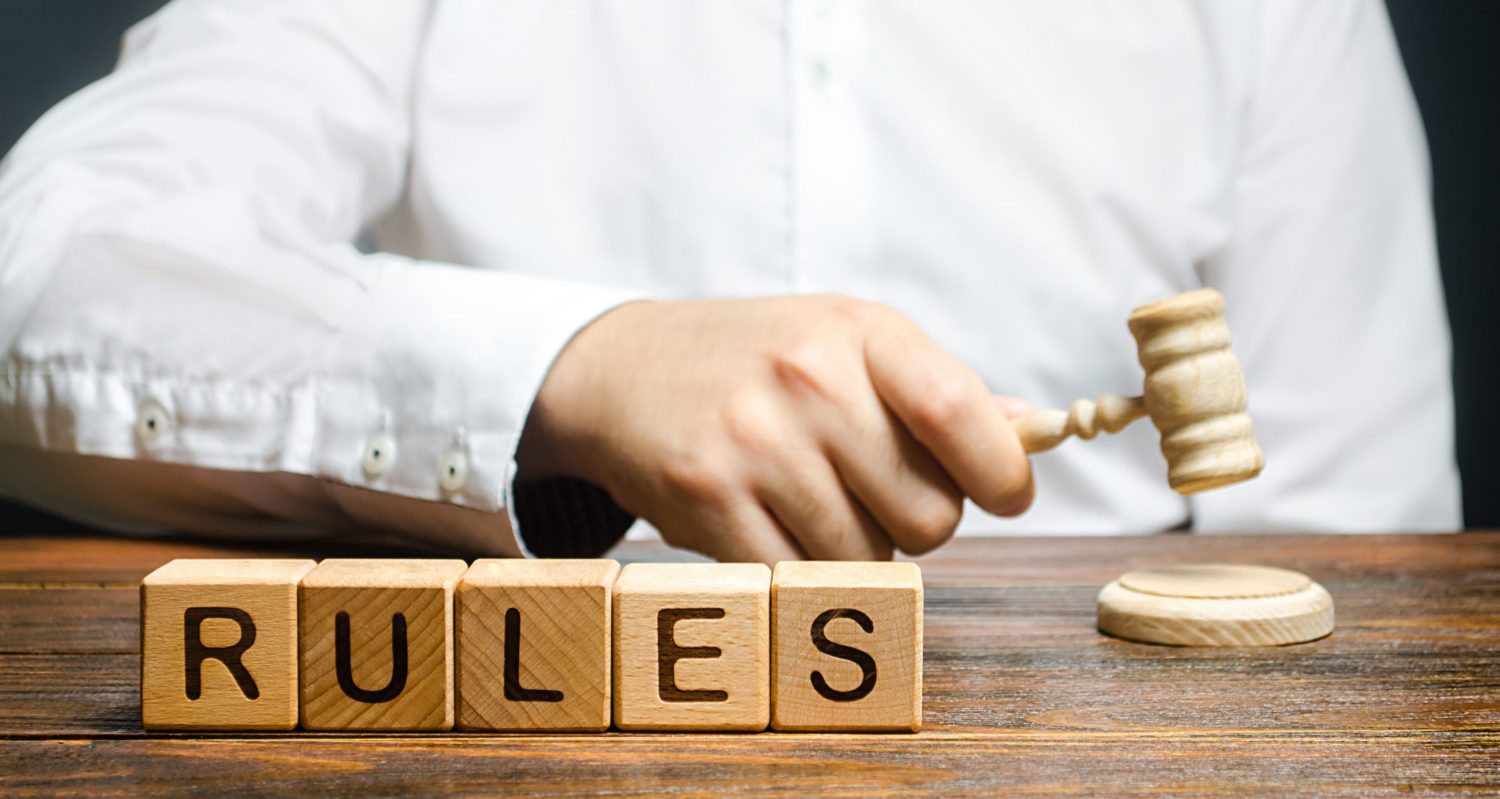Pundits and opinion columnists say that the United States is in a student loan debt crisis. The total national student loan debt tops $1.6 trillion, with 44 million people owing money to various lenders, including private companies and the federal government.
Many of these college graduates hoped to get a well-paying job after they completed their education, but more of them than ever are struggling to find work, which means that paying off these loans is difficult. Too often, they make interest-only payments each month instead of working to pay down the principal of the loan, which is more than $30,000 for thousands of students.
If you are one of these graduates struggling to manage your payments, you may wonder how you can get out of student loan debt without paying it. You may not struggle with economic hardship due to medical bills, unemployment, or other causes, but you may not be able to manage monthly loan payments alongside your rent or mortgage, car payments, and other bills like food and electricity. Even if you created a budget for yourself after graduation, you might not be able to stick to it for unforeseen reasons.
While dire circumstances are necessary, there are options to get out of student loan debt in 2020. The Department of Education offers extensive help to reduce or get rid of your federal student loans.
You have fewer opportunities to manage private student loans, but there are still some options to help you get rid of student loan debt.
How Can I Get Out of Federal Student Loan Debt in 2020?
There are three methods for getting out of student loan debt in 2020 when your loans come from the Department of Education. While there is a bit of overlap in these three federal options, there are some critical differences.
- Forgiveness: If you work in some capacity toward the public good, then you may qualify to have part or all of your federal student loans forgiven. There are several types of forgiveness programs.
- Teacher Loan Forgiveness encourages graduates to become teachers in elementary or secondary schools that serve disadvantaged areas or families.
- Public Service Loan Forgiveness encourages graduates to work for government or nonprofit programs.
- Join AmeriCorps or the Peace Corps as a volunteer for a year or more, and you may be eligible for some loan forgiveness.
While forgiveness programs recognize that you may be in a certain amount of economic hardship while pursuing the listed careers or volunteer positions, this work helps local communities, and the government has an interest in encouraging this type of labor. You will voluntarily take on lower-paying or volunteer work full-time, and in exchange, the government forgives some or all your student loan debt.
- Cancellation: Similar to forgiveness, student loan cancellation takes your employment into account and gets rid of a portion of your debt every year. Qualifying employment includes being a librarian, teacher, speech-language pathologist, Head Start professional, firefighter, law enforcement officer, public defender, nurse, or service volunteer.

Each year, part of your student loan will be canceled. Many of these programs last up to five years, and some allow you to cancel the entirety of your student loans.
- Discharge: While discharge options allow you to get rid of some or all your debt, like forgiveness and cancellation, the requirements revolve around hardship or personal losses. You can qualify for student loan discharge if:
- You have a total and permanent disability that prevents you from maintaining employment.
- Your school closed before you could complete your degree.
- Your school falsely certified you for a loan that you did not actually qualify for, or your identity was stolen and used to take out loans.
- You withdrew from school, and you qualify for some or all your loan to be canceled through the school, but your school has not completed this action.
- You have undergone a specific type of bankruptcy.
Bankruptcy as an Option for Getting Out of Student Loan Debt
Bankruptcy discharge is a much-debated method of getting out of your student loan debt, especially in 2020. The federal government defines it narrowly.
You must file for Chapter 7 or Chapter 13 bankruptcy, and demonstrate that repaying any part of your loans would be a severe financial hardship on you and any dependents you have, like elderly family members or young children. You must present this evidence in court, and your creditors may be present to challenge your evidence. A judge will rule on whether you qualify.
Courts determine whether you might suffer undue hardship with the Brunner test, which is used in all circuit courts except for the Eight and First Circuits. For most bankruptcy cases, the Brunner test applies, using these standards:
- The borrower has extenuating circumstances that create hardship.
- Those circumstances are likely to continue for the term of the loan repayment (10 years or more).
- The borrower has made good faith attempts to repay the loan, which may not be actual payments, but should include working with the lender on deferment, forbearance, or other options before struggling with default.
Bankruptcy proceedings used to be one of the main methods of getting rid of student loan debt. However, by 1998, Congress removed this option with the exception of Chapter 7 and Chapter 13 bankruptcy.
For years, this ruling only covered federal student loans. In 2005, Congress extended these specific bankruptcy discharge options to private student loans, which often have harsher contract terms and repayment requirements.
Unlike federal student loans, private student loans have no forgiveness or cancellation options. However, there are sometimes ways to adjust monthly payments if you struggle with your finances. You may be able to refinance these loans to get a lower interest rate so you can better balance your personal budget.
Other Options for Paying Off Student Loan Debt in 2020
If you want more information on how to get out of student loan debt in 2020, you should speak with your loan servicer. Many of the options only cover federal loans, so if you have both federal and private student loans, you will likely continue receiving bills for your private loans until you can pay them off.
Due to the strict rules governing forgiveness, cancellation, and discharge, you may not qualify to get rid of all your student loan debt through the Department of Education. 
There are some other ways to keep your budget balanced, including:
- Income-driven repayment. If you do not make enough money to cover your student loan payments at all, the federal government can readjust your subsidized loans, so you pay based on how much money you make. This method might lower those payments to nothing. However, unsubsidized federal loans and private student loans do not have this option.
- Refinancing or consolidation. You may consolidate your federal student loans through a direct consolidation loan, and you can refinance your private, or both your federal and private loans. These methods combine your loans, so you make only one monthly payment, get a lower interest rate, and spread the payments out over an extended time. While the standard repayment schedule is 10 years, these processes can extend the terms to 20 or 30 years.
- Paying off other debts. If you need money to pay off your student loans, and you do not qualify for hardship or forgiveness, you can focus on smaller debts like car payments or credit card debt. This frees up more money every month that you can then put toward your student loans.
Regardless of what happens with your personal finances, you should always talk to your school or your loan servicer to manage any problems that arise.
Merely failing to make payments means you can default on your loan. You’ll then face huge payments for ignoring the problem and suffer legal consequences as well.


